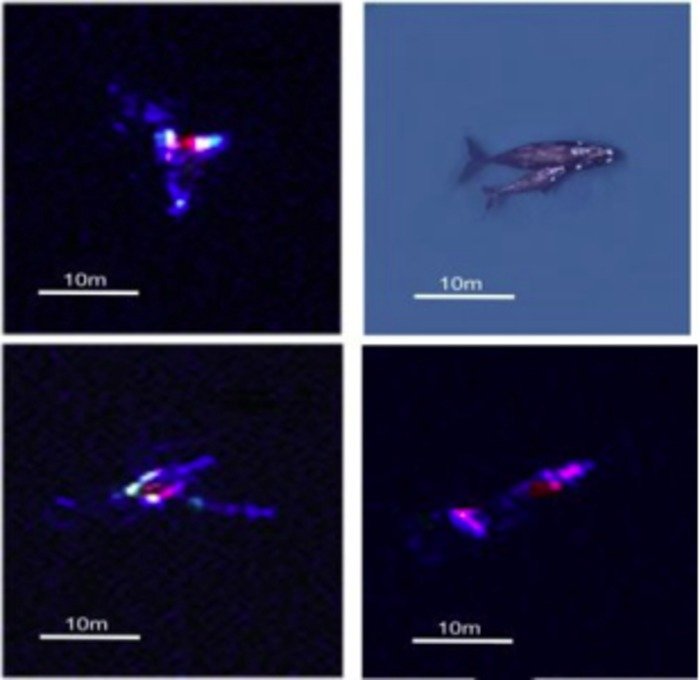SOUTHAMPTON, England, Feb. 13 (UPI) -- Satellites can be used to count whales and ultimately estimate their population size in a significant improvement over current methods, British researchers say.
In a study in the journal PLoS One, lead author Peter Fretwell of the British Antarctic Survey described using high-resolution satellite imagery, combined with image processing software, to automatically detect and count whales breeding in the Argentine Patagonia region.















